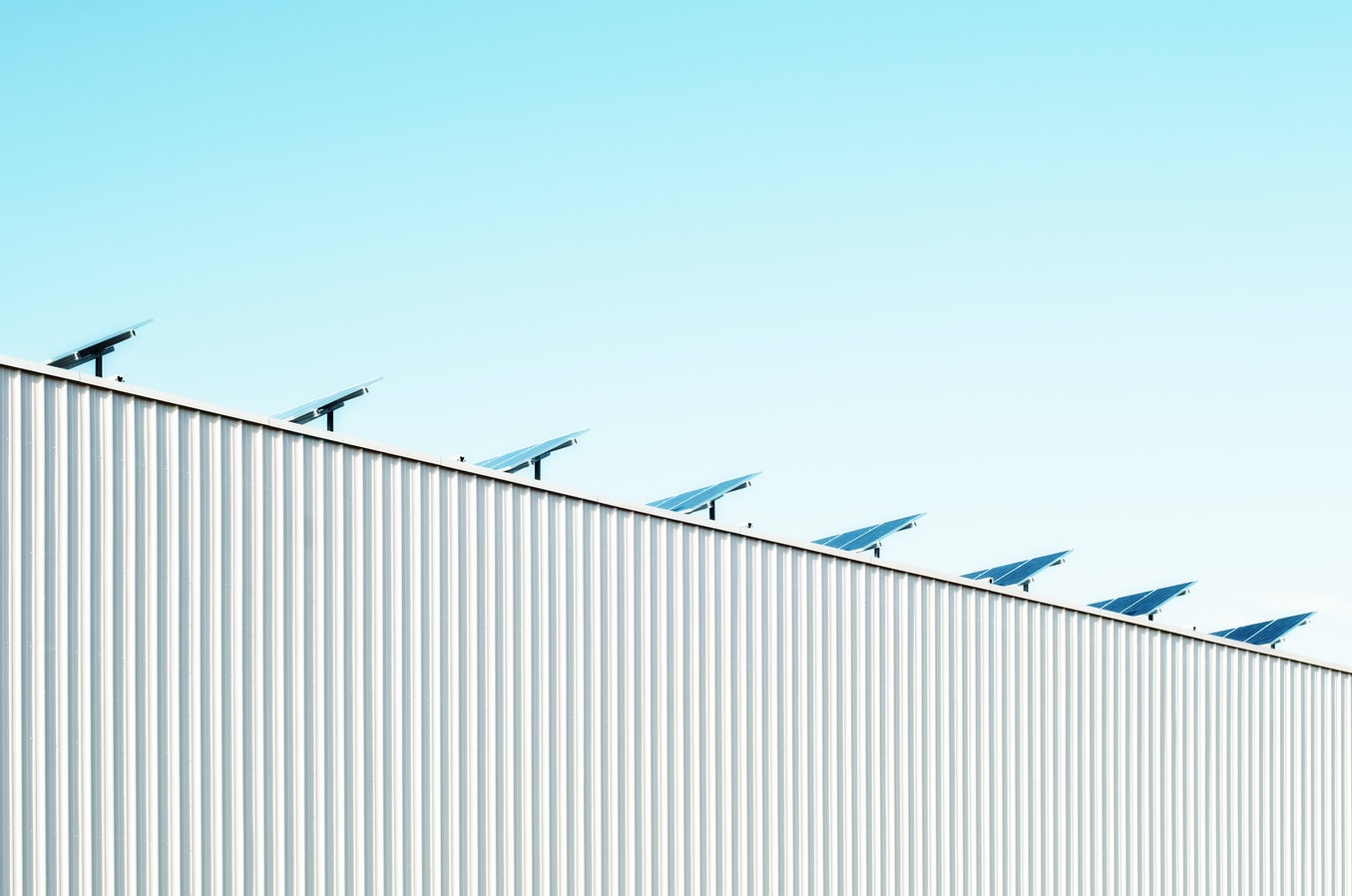How many times in your life have you faced some trouble with our building’s roofing? A plenty, we assume..
Most commercial business owners would be willing to invest in renovating their office areas and adding extra computers or even vending machines. But, they might think twice before investing in the renovation or the maintenance of the roof of their commercial premises. It can be easy to neglect roof problems because people often believe that they will easily spot some issue with their roofing.
When in reality, this is far from the truth.
Detecting problems in roofing requires a keen eye and hands-on training. Some issues have a very subtle start. It might not come into notice until it has developed into a bigger problem. Commercial building maintenance is a mammoth task.
Hence, it’d do everyone good to know about some of the significant roof issues and have a basic knowledge that will aid you in resolving and preventing these problems.
Have a look.
Leaking Roof
One of the most widely reported roof problems is a leaking roof. Somewhere down the road, every commercial roofing faces this problem. Yet, despite being such a common problem, commercial owners fail to notice leaks unless it rains.
Most commonly, leaks can occur under broken shingles, near the gutter, and adjacent to flashpoints. Damp roofs, water trickling down the walls, and broken shingles are all apparent signs of leaking roofs.
The leading cause of roof leaks is defective flashing and pitch pan. By hiring a professional roof inspection service, you could aid in the prevention of roof leaks.
Poor Roof Installation
You can come across poor roof installation when you have purchased your commercial buildings on the cheaper side of the scale or from second-hand contractors and brokers.
It is vital to make sure the roof is installed correctly. If your commercial contractor has neglected his duty to do quality checks and has not adhered to the manufacturing guidelines and procedures, they have opened you up to many problems.
Poor installation increases other problems like roof leaks, punctures and holes in the rooftop, and other similar issues.
Before purchasing your building, get a proper inspection conducted to identify and work out any roof problems that might exist. You can also ask for a written inspection report from the contractor.
Further, make sure to look into the legal licensing of the contractor’s firm which you’ve hired.
If any discrepancies arise in the report and your roof is poorly installed, the contractor and their company can be held accountable.
Punctures, Holes, and Scraping on the Roof
With passing time, a roof is bound to have wear and tear. From wildlife to footsteps, everything contributes to it and results in punctures, holes and scraping.
Whether birds pecking on your roof’s surface or abrasive shoe soles dragging through the rooftop, it all leads to one single problem – holes and punctures in the roof.
Hence, it is crucial to maintain limited roof traffic and conduct a roof inspection from time to time to prevent any damage that could be harmful to the residents in the future.
To avoid this problem, you can install walk pads and elevated platforms on the roof parts, which are most susceptible to foot traffic. If this is not a feasible option for you, you can consider reinforcing your roof at these places.
Wind Uplift
Wind Uplift occurs in roofs that have a slight upraise to them. The underlying cause of wind uplift is the discrepancy in the air pressure above and below the building’s roof. There can be two types of Wind Uplifting – Partial Removal or Complete Removal.
Partial Roof Removal happens only when a particular portion of a roof is damaged by the winds and needs to be repaired.
Complete Roof Removal is characteristic after a massive tornado or storm. After a Complete Roof Removal, you might need to reinstall your roof altogether.
To prevent Wind Uplifting, it is suggested to install a seamless roofing system. If you already have a roofing system set in place, get it inspected and repair all the faulty flashings or seams.
Final Word
Roof damage is something that can sneak up when you least expect it. So, it makes sense to stay vigilant and watch out for obvious signs of roof deterioration, the common ones being discussed in this article.
We hope the tips in the article helps.

